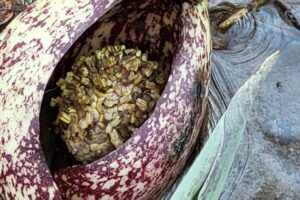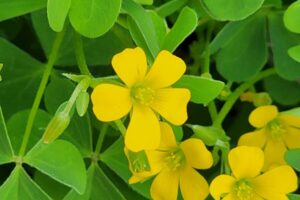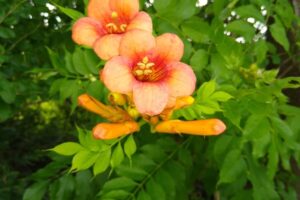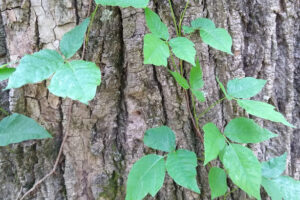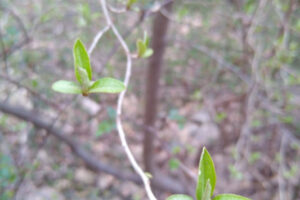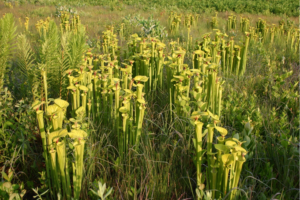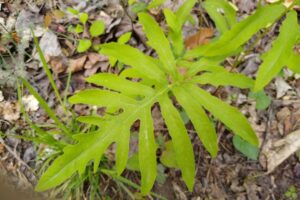The Smell of Spring?
February 17, 2023 - By Ellen Powell, DOF Conservation Education Coordinator I’m on a mission to teach you that plants are cool. They may look like they’re just sitting there, but they’re hiding superpowers. Watch this blog in 2023 for more posts about amazing Virginia plants! In the dead of winter, from the muck of a woodland seep, rises a hooded figure of mottled purple, the color of dead flesh. Undeterred by snow... Read More

